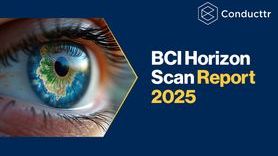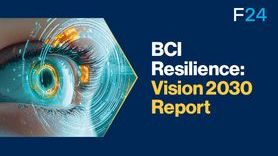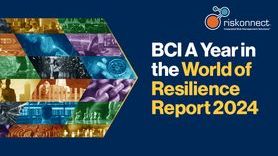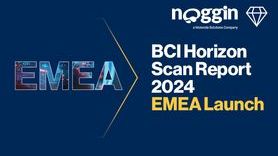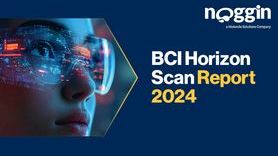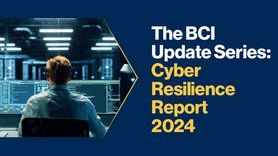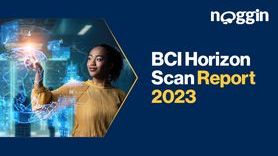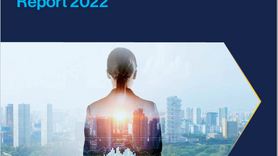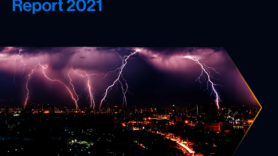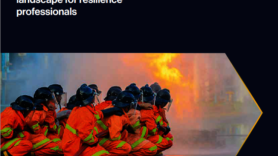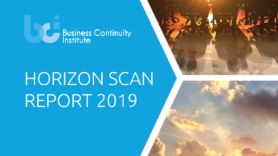Previously low rated organizational risks move higher up the corporate agenda
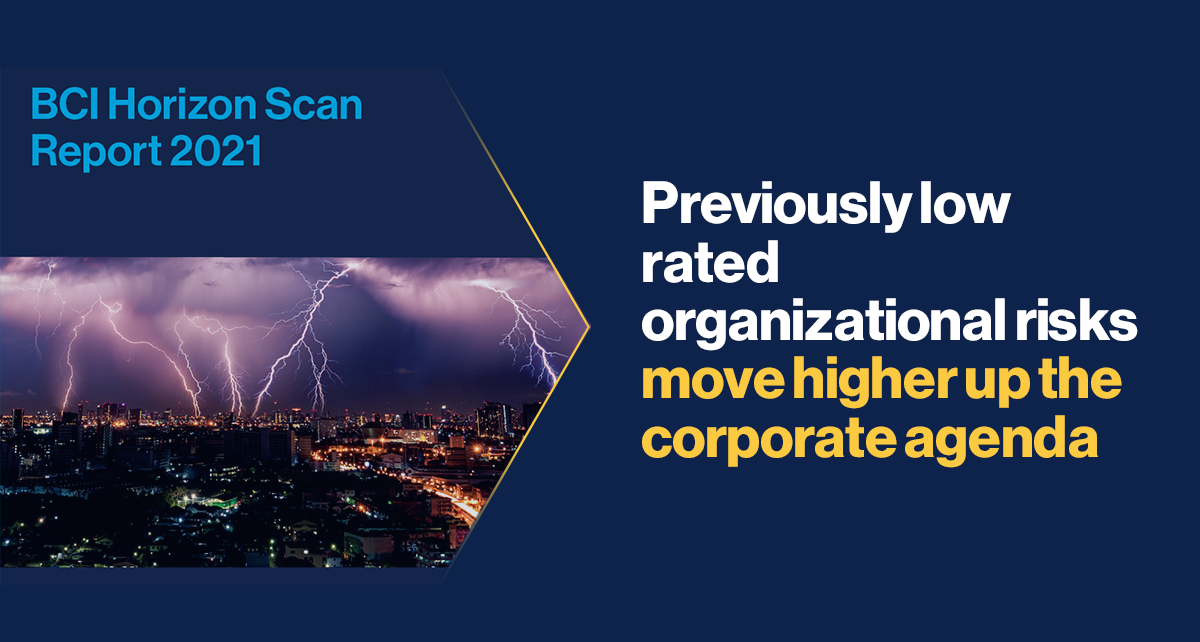
-Covid-19 intensifies known high business risks-
Organizations have reported heightened risks and threats over the past year, largely due to the Covid-19 pandemic, according to the 2021 BCI Horizon Scan Report, sponsored by BSI.
Non-occupational disease has found its way to the top of the list of business risks, with a lack of preparedness cited as the main reason for disruption. This is in contrast to the 2020 report, which saw non-occupational disease near the bottom of the list of concerns.
The impact of the pandemic has also led to intensified risks elsewhere, stretching beyond the loss of life. Health incidents are reported as the second most common source of disruption over the last 12 months, with mental health issues the top ailment experienced by employees.
The pandemic also provided an opportunity for cyber-criminals to exploit the security vulnerabilities created as people moved to working from home. This, coupled with unforeseen network outages, led to cyber-attacks and IT/telecom outages being placed 4th and 5th on the list of risks.
The latest Horizon Scan Report identifies new emerging risks for 2021 as a result of changed business circumstances. The legacy of Covid-19 has led to political risks and violence returning to the top 10 for the first time in three years, while disruption to IT and telecoms services are predicted to continue, particularly as new technology is brought to market to help society build back post-pandemic.
Despite the changing risk landscape, climate risk continues to feature high on the corporate agenda. Over the medium-to-long-term, organizations identified climate risks as the highest concern, with more incidents of extreme weather expected and more governments setting environmental targets, such as the UK’s 2050 net zero target.
However, there is a more optimistic outlook ahead. The heightening of such risks, together with ongoing uncertainty, has led to organizations improving their risk trend analysis, with an all-time high of 81 per cent now performing longer-term trend analysis.
Respondents reported that the pandemic has been the catalyst to accelerating the introduction of a more structured, centralized analysis programme, with managers largely driving the change. With this, comes a positive expectation for business continuity to continue receiving good investments in the year ahead.



